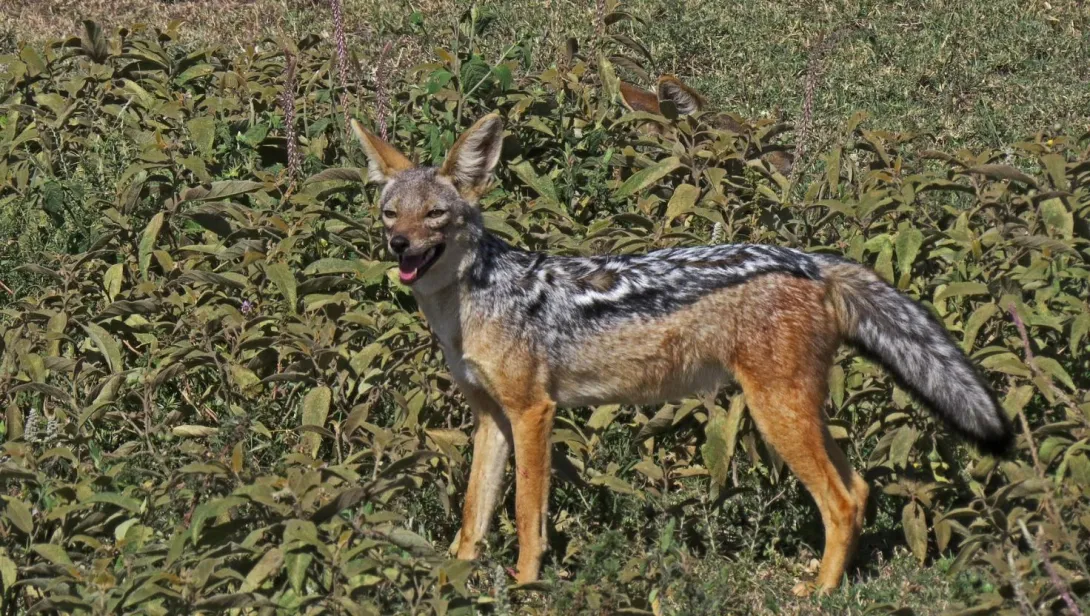Skip to main content
General Information
- The Jackal is a medium-sized canine belonging to the genus Canis.
- There are three main species: the Golden Jackal (Canis aureus), the Black-backed Jackal (Canis mesomelas), and the Side-striped Jackal (Canis adustus).
- They are found in Africa, Asia, and southeastern Europe.
- Jackals are known for their intelligence, adaptability, and opportunistic feeding behavior.
- They are omnivorous, eating both plants and animals.
Physical Characteristics
- Jackals typically weigh between 8 to 15 kg (18 to 33 lbs).
- They have a body length of about 70 to 100 cm (28 to 39 inches), excluding the tail.
- Their tail can be up to 30 cm (12 inches) long.
- They have slender bodies, long legs, and pointed ears for detecting sounds.
- Their fur color varies depending on the species and environment, ranging from golden, reddish-brown, gray, to black.
Habitat and Adaptation
- Jackals are found in savannas, grasslands, deserts, and forests.
- They are highly adaptable and can survive in harsh environments.
- They can live in both wild and urban areas, sometimes scavenging near human settlements.
- Jackals are known for their keen sense of smell and hearing, which help them detect food and predators.
Diet and Hunting
- Jackals are omnivores and eat a variety of foods.
- Their diet includes small mammals, birds, reptiles, insects, fruits, and carrion.
- They are known to scavenge the remains of animals killed by larger predators.
- Jackals hunt in pairs or small family groups to take down larger prey.
- They are opportunistic feeders, adjusting their diet based on availability.
Social Behavior
- Jackals are monogamous and mate for life.
- They live in small family groups consisting of a breeding pair and their offspring.
- Jackals use vocalizations like yelps, howls, and growls to communicate.
- They are highly territorial and mark their range with scent markings.
Reproduction and Lifespan
- Jackals have a gestation period of about 60 days.
- Females give birth to 2 to 6 pups in dens hidden in burrows or dense vegetation.
- Both parents participate in raising and protecting their young.
- Young jackals stay with their parents for about 6 to 8 months before becoming independent.
- Jackals can live up to 8-12 years in the wild and up to 16 years in captivity.
Threats and Conservation
- Jackals face threats from habitat destruction, hunting, and human-wildlife conflict.
- They are sometimes poisoned or killed for preying on livestock.
- Jackals play a crucial role in ecosystems by controlling rodent populations and cleaning up carrion.
- Conservation efforts focus on reducing human-wildlife conflict and protecting their natural habitats.
Interesting Facts
- Jackals can run at speeds of up to 40 mph (64 km/h) when chasing prey.
- They are closely related to wolves, coyotes, and domestic dogs.
- The Egyptians associated jackals with the god Anubis, the god of the afterlife.
- Jackals often work with honey badgers, following them to steal food.
- They are known for their cunning and intelligence, often outwitting predators and competitors.
